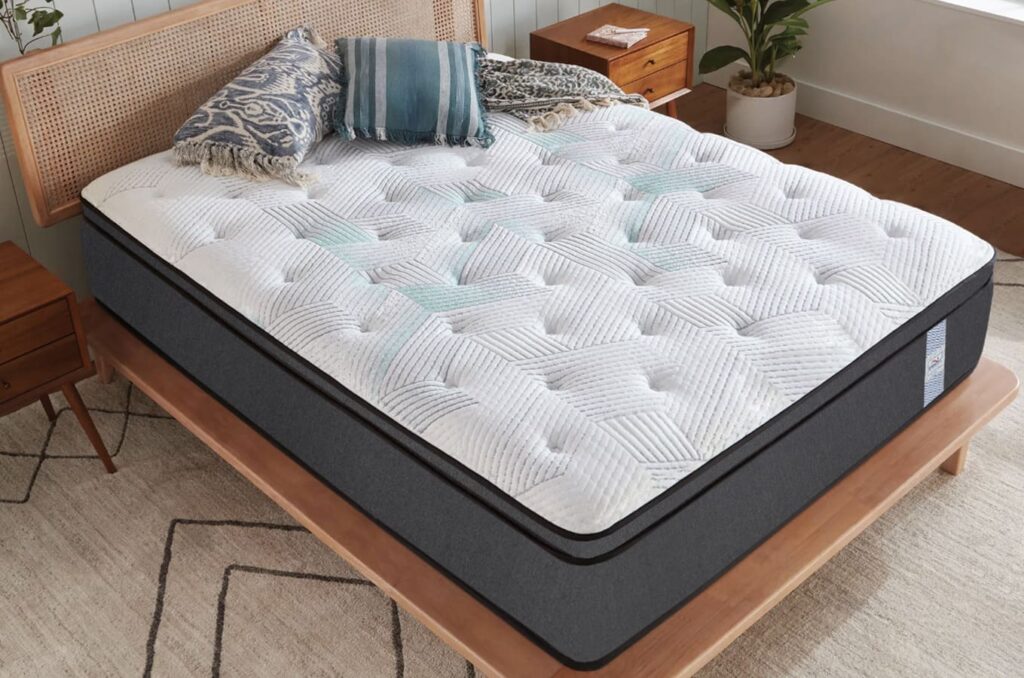Furniture plays a significant role in the daily routine of our everyday lives and shapes our interactions with our environments and altering our convenience and function. From the early days of civilizations that were based on primitive cultures used a few items for resting or sitting until the sleek furniture of today’s design, furniture has continuously evolved to accommodate the demands of the people who use it. Its evolution is the result of advances in the world of technology, culture and fashion, showing the changing connection among people and their surroundings. Nowadays, furniture serves not just an essential function, but serves as a means of expression and art which significantly affects the mood of public and private spaces as well as homes.
The development of furniture goes back many thousands of years ago, with civilizations from the past such as Egyptians, Greeks, and Romans playing a significant role in the evolution of furniture. In early Egypt, furniture was crafted using wood and frequently decorated by intricate carvings, gilding and elaborate designs to reflect the prestige and riches of the owner. The Greeks were adamant about simplicity and function in their furniture usually designed to match their philosophy of balance and proportion. The Romans were also a step ahead in furniture design by introducing innovative methods of construction and materials, for example the use of curving forms as well as upholstered furniture. This foundational period of history established the foundation for new furniture designs, and influenced the design concepts that still remain relevant today.
In the contemporary era that was the Industrial Revolution, it marked an important turning point for furniture production. The mass manufacturing process allowed the manufacturing of furniture at a greater scale which made it more affordable to the masses. The shift in production brought different styles including Victorian, Art Nouveau, and Mid-Century Modern, each reflecting the current trends of the time. In the age of consumerism during the 20th century, furniture was a symbol of status as trends in design evolved rapid. Designers started experimenting with different materials like metals and plastics, thereby expanding the options for creative thinking in furniture design. Nowadays, the furniture sector blends traditional craft along with the latest technology to result with unique furniture items that are functional and pleasing to the eye.
The importance of sustainability has grown into a key factor within the furniture business as the consciousness of environmental issues increases. The majority of buyers now prefer green materials and environmentally sustainable manufacturing methods when buying furniture. This has resulted in an increase in popularity of bamboo, reclaimed wood as well as other sustainable resources. Furthermore, furniture makers are increasingly focused on minimising waste and using environmentally-friendly finishing. With the need for eco-friendly furniture increases, the marketplace adapts to meet the requirements of customers who are aware of their impact on the environment, while searching for fashionable and useful furniture for their homes.

The influence of furniture goes beyond appearance; it has an important role in determining our physical as well as psychological wellbeing. The best-designed furniture can improve the comfort of users, encourage good posture and increase efficiency. In particular ergonomic office chairs as well as desks are essential for working from home which helps to avoid injury and strain when sitting for long periods of time. Furthermore, the layout and design of furniture within a room can greatly influence the mood and conduct. The comfort of seating in a comfortable area can promote relaxation as well as social interactions as well as organized work spaces increase the ability to focus and develop. So, investing in high-quality furniture isn’t just about aesthetics, it’s an investment in your well-being and overall health. For more information please visit here https://www.goodniteoutlet.com.my/
When it comes to designing interiors, furniture can be considered the foundation of the room’s visual. Designers select furniture pieces carefully to fit in with the architectural and functional requirements of the space while also in balancing practicality and style. Colors material, textures, and colors of furniture can result in a cohesive appearance that is reflective of the persona and style of the homeowner. The trends in furniture designs can be radically altered in time as a result of cultural developments, technological innovations and the preferences of consumers. The popularity of minimalist designs is an example. It has brought about a greater emphasis on efficiency and minimalism and has encouraged the use of simple lines and neutral colors. However, maximalist design has been praised for its bright colors and bold patterns and has allowed for more interesting and varied interiors.
In the end, furniture is much more than just practical items and is an integral part of our lives which affects our well-being, comfort as well as our personal style. From its origins to the latest innovations in terms of design and sustainability furniture is a reflection of the evolving requirements and needs of the society. In the midst of navigating the ever-changing world of modern living the significance of an intelligent furniture design is still essential. It doesn’t matter if it’s creating a welcoming environment in your home or encouraging productivity at an office, furniture plays a crucial influence on our daily lives and our interaction with our surroundings. As new trends emerge and innovative technology and materials emerge and are developed, the future of furniture is sure to evolve to reflect our constantly changing lifestyles and tastes.



